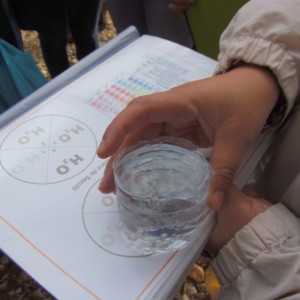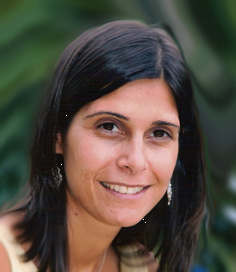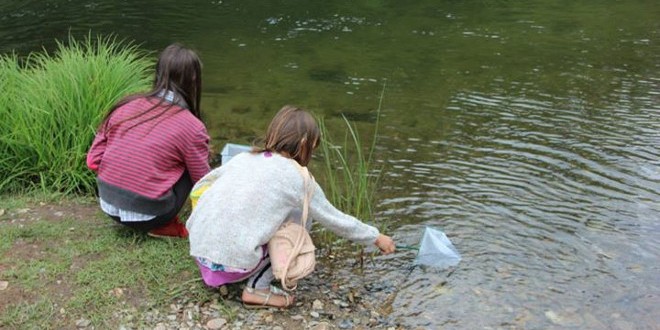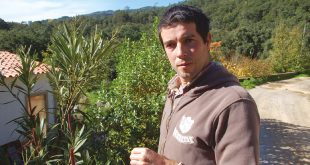Rede Convergir – North

Throughout history, rivers have played a key role in the establishment of human communities, from which they drew their sustenance, and for the development of communication networks. The relationship between humans and rivers is an ancient one, and, for millennia, has been balanced and beneficial. However, in the last few centuries, and particularly in recent decades, the negative impact of human activity has become evident in the water courses.
The unrestrained and generalised use of the rivers as a system for disposing of waste has contributed to a large extent to the marked degradation of the natural ecosystems of many water courses, in Portugal and worldwide. And factors, even positive ones, such as the growth of networks of piped drinking water and the predominance of means of transport and communication unconnected with the rivers, have accentuated the distance between the social life of communities and their riverside areas.
The Projeto Rios (River Project) was created in Spain in 1997 with great success, and came into being in Portugal in 2006 thanks to the work of different bodies. According to the project’s national coordinator, Manuela Oliveira, its main objective is “to improve the quality of the water in the rivers in Portugal and to involve the whole community in maintaining this quality.” This is the result of implementing sustained solutions, such as the creation of a network for monitoring and adopting stretches of rivers by groups of volunteers organised locally. Following a standardised methodology that is both rigorous and easy to apply on the ground, these groups take responsibility for the surveillance and protection of a short stretch (500 metres) of a water course of their choice. This leads not only to the effective rehabilitation of these stretches of river, through the direct intervention of each group of “river guards” but also to a sustained improvement of the water courses and resources through the combined work of the different groups.

According to Manuela Oliveira, the development of the Projeto Rios in Portugal has fulfilled expectations and achieved the goals that were established. In some cases, it is already possible to assess the impact on the areas involved, and “the form of assessment is firstly the involvement of the community in protecting the river banks, in being alert to sources of pollution and raising the alarm.” But also through the monitoring that is being done, according to which, says Manuela Oliveira “an improvement in the water quality can really be seen.” To give specific examples, she mentions the Rio Paiva in Castelo de Paiva, and Santa Maria da Feira, among others. “These are two examples where both the involvement of the community and the monitoring of water quality are already well known,” she adds.
Manuela Oliveira points out that, through the process of adopting 500 metres of a river, people are “going way beyond just the environmental issue, and it is a project that also includes social and economic aspects.” This is because the participants get involved with each other socially, and in economic terms they begin to understand how to save water and to be more efficient as regards the costs of using it.”
ECO123: Has the degree of implementation of the project been uniform throughout the country?
Manuela Oliveira: It is more evident in the north, but efforts are also being made to involve the whole country.
How do people join a group?
At present, it is individuals who discover the project and contact us. We also carry out information and awareness-raising campaigns, but most of the people joining us at present are the result of the work we are doing and the information they get from other groups that are already active, if they are motivated to want to join as well and adopt a stretch of river.
What are the future expectations for the project?
To consolidate what already exists, although we also hope to continue growing and to reach all the municipalities in Portugal. What organisations have joined the Projeto Rios? Most of the organisations are schools. But local authorities are also making an effort and showing great interest in adopting the Projeto Rios in their municipality and becoming much closer to the schools in this regard.
Is there a type of intervention or initiative that is particularly beneficial? It is very rewarding to see that when people start to adopt the Projeto Rios and their own stretch of river, they feel motivated to go way beyond just monitoring. They start to participate a lot in the daily life of the river and in constantly improving it.
Pavilhão da Água, Estrada da Circunvalação
Parque da Cidade do Porto, nº 15443
Entrada Norte – 4100-183 Porto lat: 41.17191 long: -8.67997
Name: Manuela Oliveira (National Coordinator)
Email: projetorios@aspea.org
www.projetorios.org
Tel.: 917 096 825
Type of project: Culture and Education
Open for visits: subject to confirmation after making contact
Project located in an urban/rural area
Scope of action: 5,000 to 10,000 people
Target audience: General Areas of interest: Education, Social Media
 Eco123 Revista da Economia e Ecologia
Eco123 Revista da Economia e Ecologia


